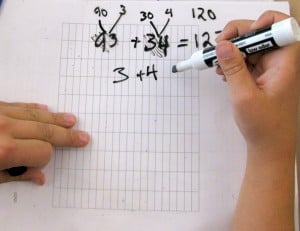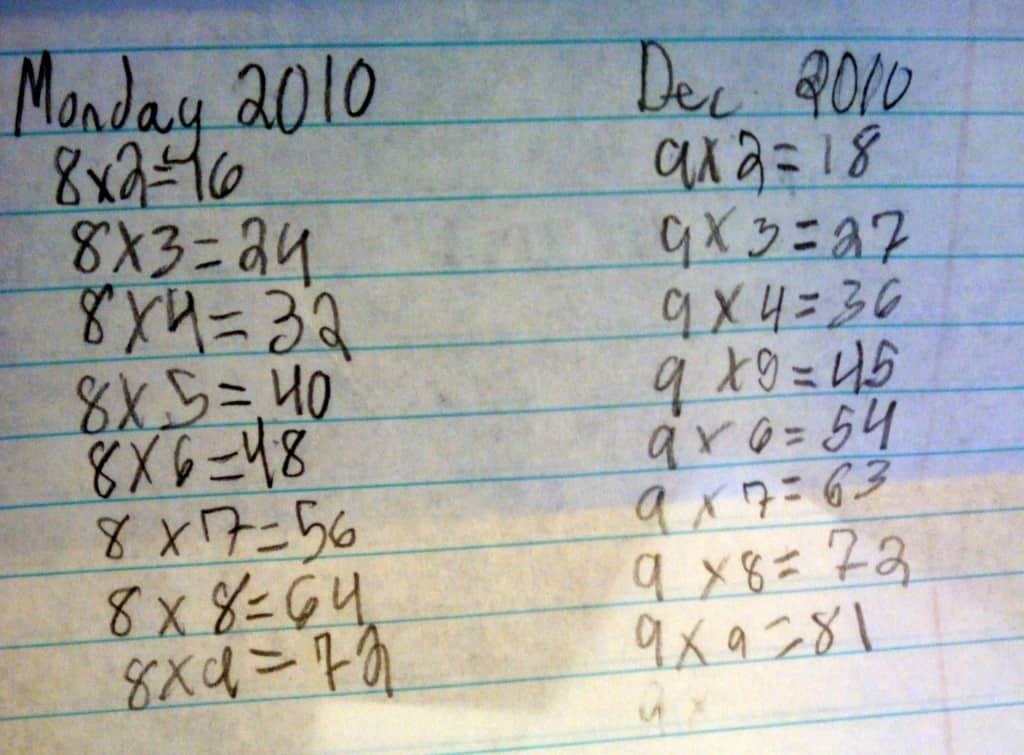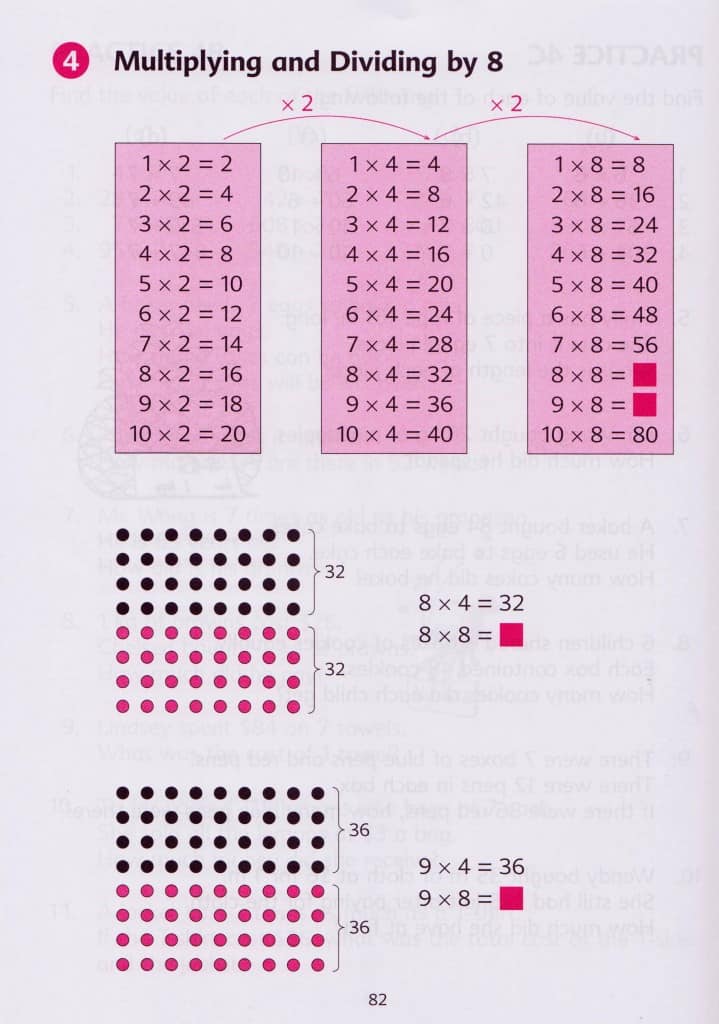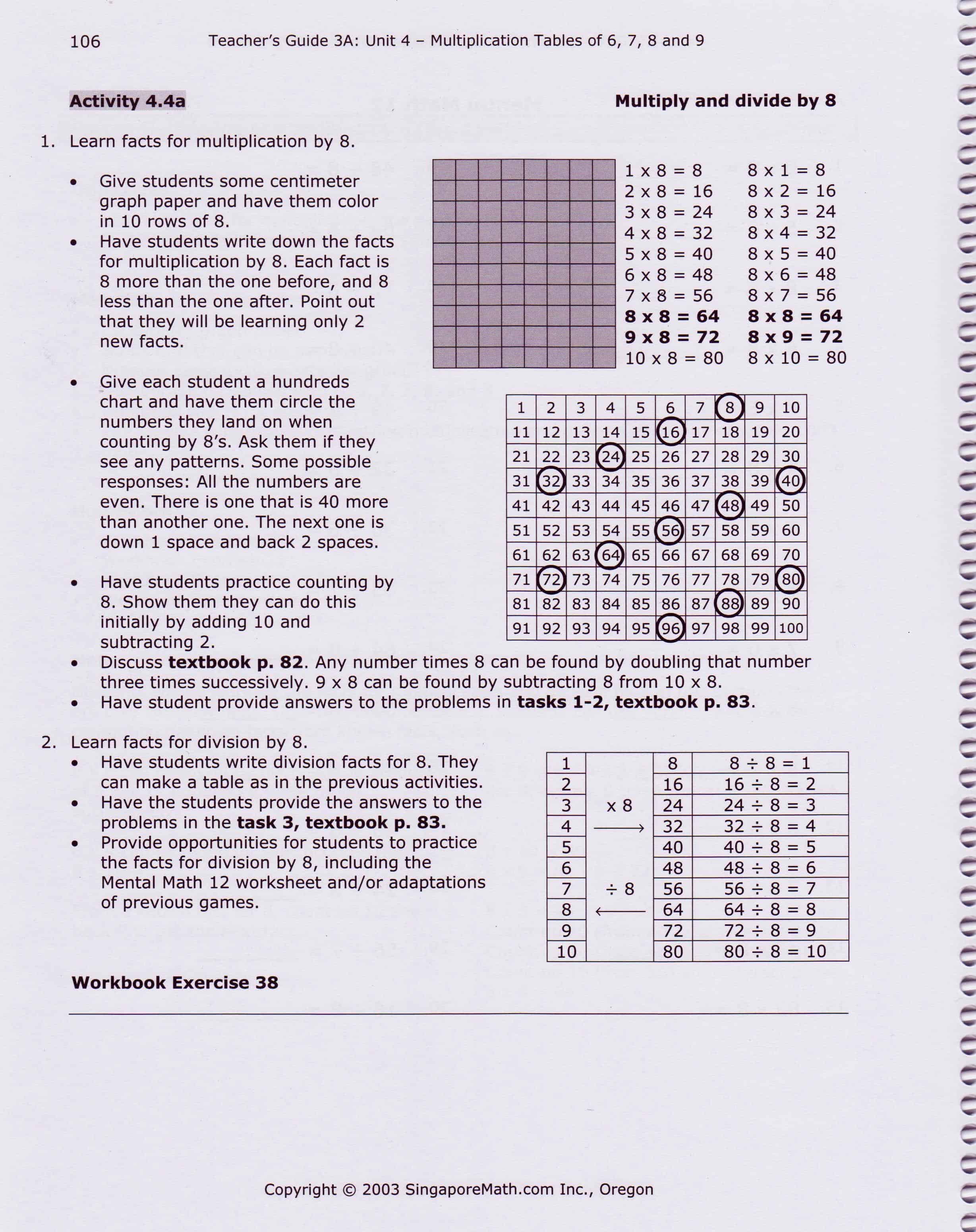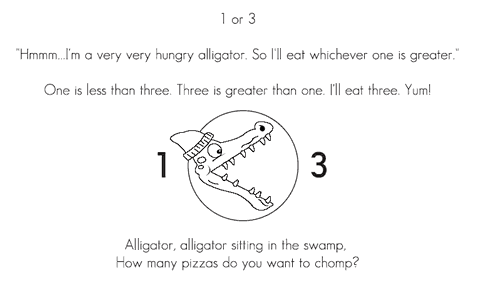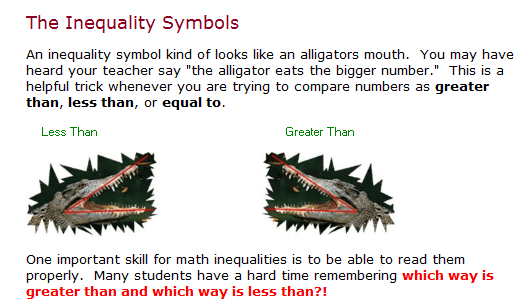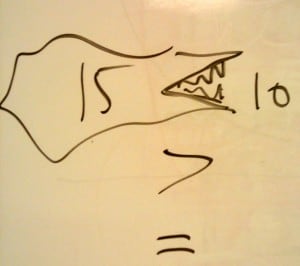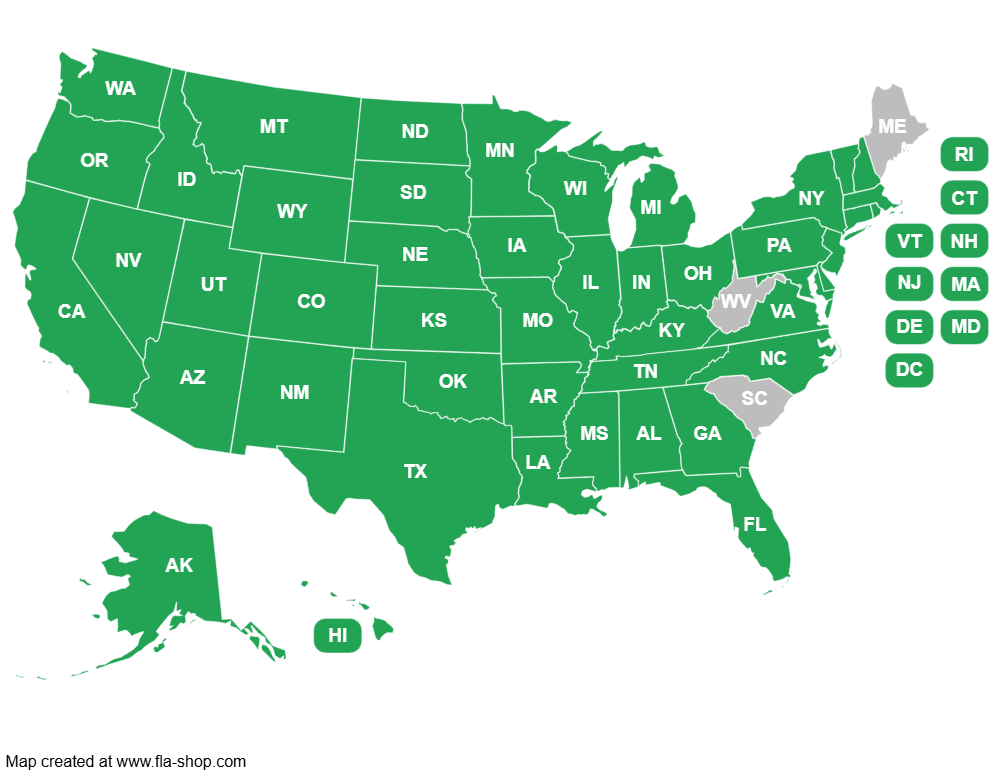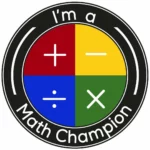The Independent in Ashland, Kentucky, predicts the expansion of Singapore math across the Commonwealth. With the adoption of “much tougher math standards” in Kentucky and the proven success of the Singapore Math pilot program in Fayette County, “new math” may be on its way out.
Maybe it is time to try a new way of teaching math. Like Singapore math, for example. While Singapore math now is being taught as part of a pilot program in nine Lexington schools, don’t be surprised if it soon is taught in schools across the state. That’s because the early results from the schools using Singapore math have been positive.
Full article: Singapore math: Expect more schools in state to copy method used in Asia.
More on Singapore Math in Kentucky: Fayette County to expand Singapore Math program.
